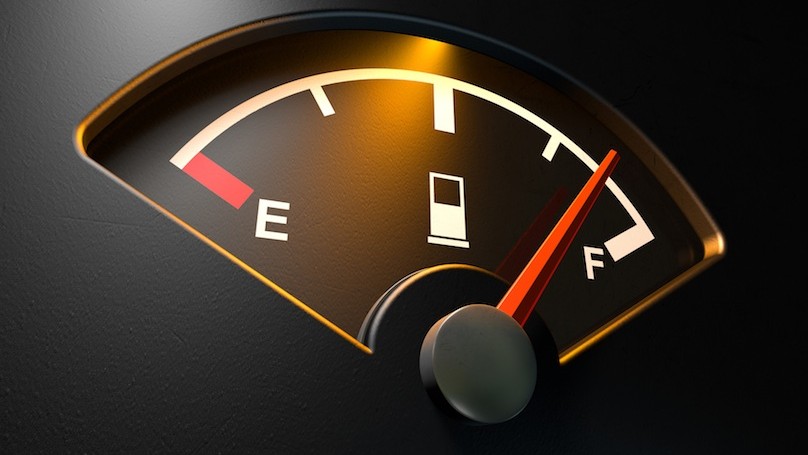
Particularly in today’s age, it would be fair to say that it pays to be green. The majority of countries all have their own initiatives to ‘green up’ the automobile industry, which is responsible for a staggering amount of CO2.
Of course, not everyone has the budget to go out and buy a fully electric vehicle. Similarly, we can’t pick and choose our vehicle parts, whether it’s the most efficient tyres on the market, or something a little more specialist like a charge air cooler.
Instead, we’re left to other means. They might be less impactful individually, but combined they can make all the difference to your fuel emissions and ultimately, your pocket. Let’s take a look at some of them in detail.
Driving at a constant speed.
This is perhaps the easiest way to improve your fuel economy. Despite what others may tell you, it’s not necessarily the acceleration that’s most to blame for your fuel consumption (although it does play a part), it’s the way you drive.
If you’re always accelerating and decelerating, you’re putting unnecessary strain on your engine and ultimately, your fuel consumption.
Keep it smooth and constant, and you’ll notice the difference.
Maintain your tyre pressure.
This is especially important in the winter. Cold weather causes pressure in your tyres to drop, which causes an increase in rolling resistance (i.e. fuel consumption).
On top of that, under inflated tyres wear out more quickly, meaning you’ll have to replace them sooner.
Make sure your tyres are at the pressure recommended by your manufacturer. On most occasions, there’s a guideline figure on the side of your door. Some cars will have an emergency warning light but for older models, keep manually checking the pressure every few weeks.
Keep your car well maintained.
The reality is that a poorly maintained vehicle will put more strain on your engine. This can be anything from a faulty exhaust to a broken suspension.
Equally, a well-maintained vehicle will use less fuel. A well lubricated engine, for example, will use less fuel and ultimately, help you topple into that ‘greener’ category.
Change up gears early.
Next, it’s all about jumping back in time. In other words, going back to the days where you were learning to drive.
It was here that you were taught to listen to the sound of your engine as you navigated through the gears. Well, in the interests of fuel efficiency, this is exactly what you should be doing now.
Failing to drive in the correct gear is asking for an empty tank of fuel. Instead, like the rest of the advice today, operate smoothly and change gears when it sounds correct to do so.
Avoid driving at peak times.
This one is pretty self explanatory. Avoid driving during peak times like rush hour, and you’ll find that the traffic is a lot lighter. This means you’ll be able to drive at your desired speed, without having to break as often. If you’re constantly stopping and re-starting your vehicle, it eats into your fuel consumption.
